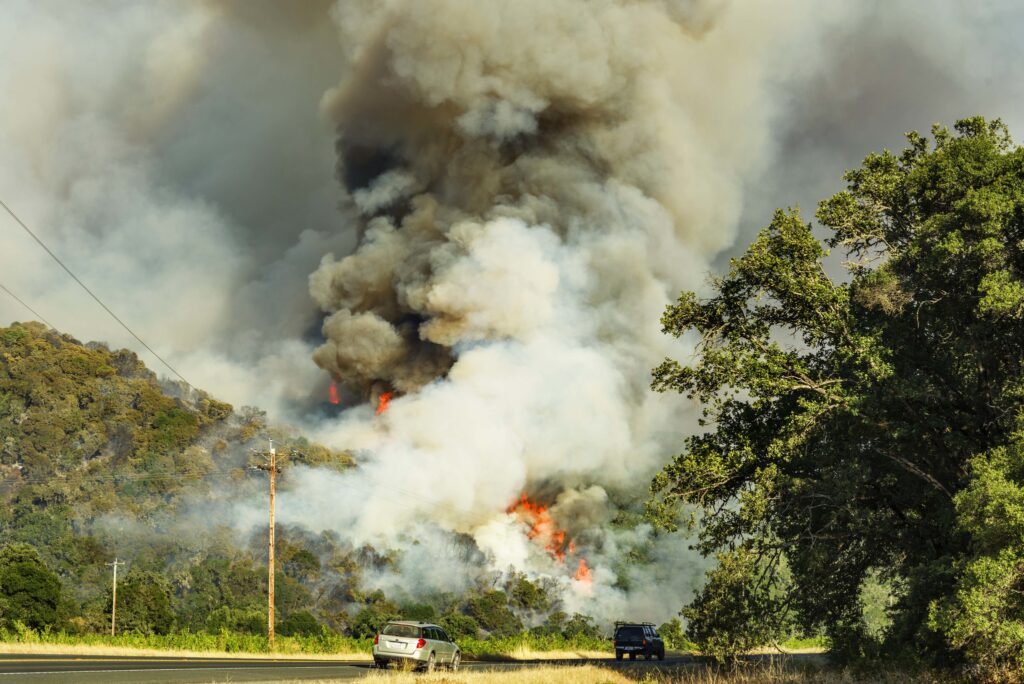
In recent years, there have been countless stories about the effects of the changing climate. Many of those stories have been about the dwindling sea ice in the Arctic and many others have been about the worsening wildfires in the western United States. According to a recent study published by the Pacific Northwest National Laboratory, those two things are very much related.
As sea ice in the Arctic melts from July to October, sunlight warms the surrounding land and sea surfaces. The resulting differences in air pressure create and strengthens a vortex in the atmosphere above the heated area which spins counterclockwise like a cyclone.
The powerful vortex pushes the polar jet stream out of its typical pattern and diverts moist air away from the western United States. With the jet stream moved off its usual course, a second vortex, this time spinning clockwise, forms under the ridge of the polar jet stream above the Western U.S. This second vortex brings with it clear skies and dry conditions: fire-favorable weather.
Arctic sea ice has continually declined at least since the late 1970s. It is predicted that there will be periods of entirely iceless Arctic waters before the 2050s. In turn, conditions in the already fire-ravaged West are likely to be further exacerbated. More than three million acres have burned across California alone during the 2021 wildfire season.
Climate conditions in one part of the world can, over time, influence climate outcomes thousands of miles away. The research at Pacific Northwest Laboratory reveals how regional land and sea surface warming caused by Arctic ice melting can trigger hotter and drier conditions in the West later in the year.
**********
Web Links
Fire and Ice: The Puzzling Link Between Western Wildfires and Arctic Sea Ice
Photo, posted July 28, 2018, courtesy of Bob Dass via Flickr.
Earth Wise is a production of WAMC Northeast Public Radio.
Leave a Reply